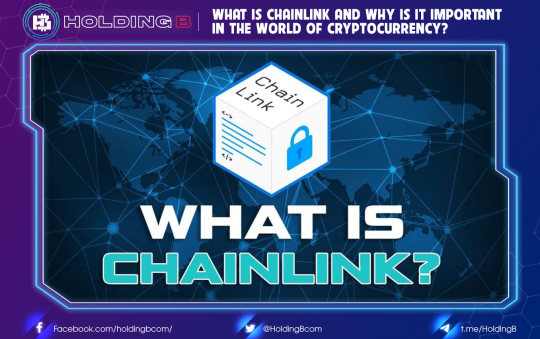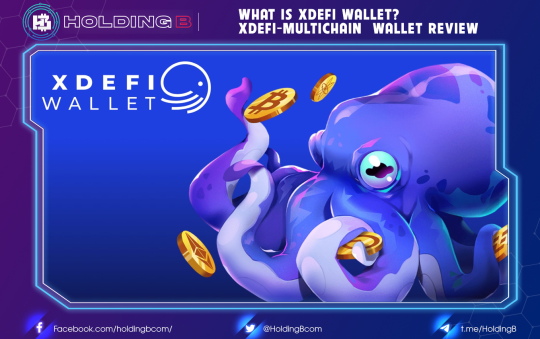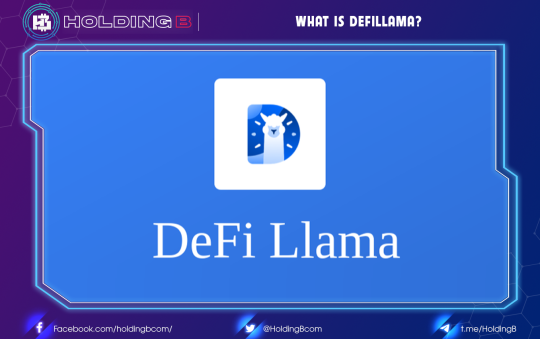Overview
DeFi Bull Market started with COMP liquidity mining in Summer 2020, turning many DeFi protocols into Growing Revenue “Monsters”. Many people see this as putting protocols in financial comfort and the view of DAO treasuries confirms this. For example, OpenOrgs suggests top DeFi protocols have a value of $mils or – a case like Uniswap reaches $bns.
But most of all the treasury value is said to come from native tokens of projects like UNI, COMP, and LDO.
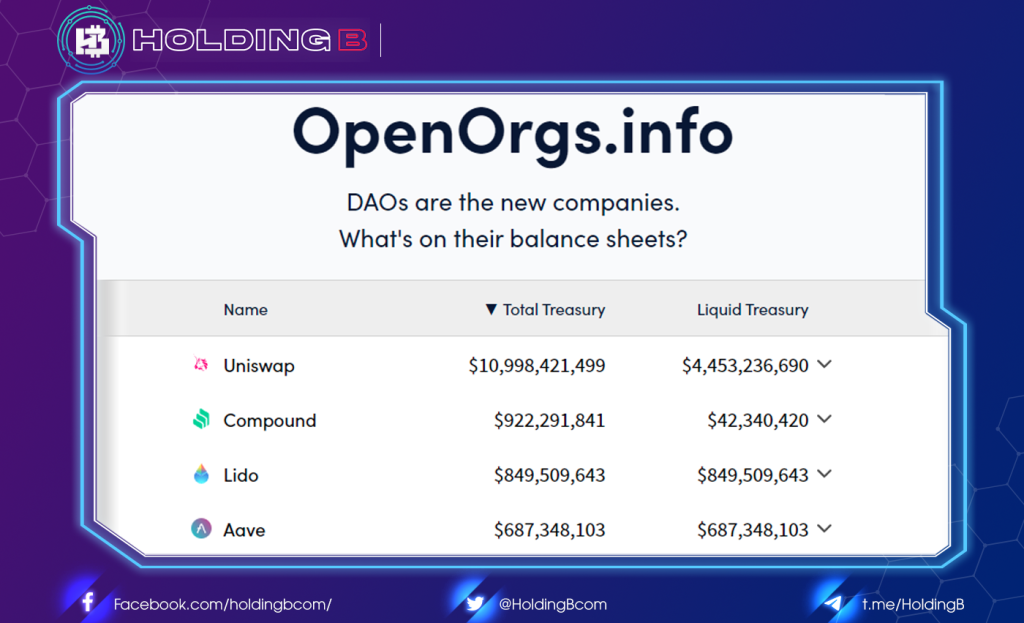
Agree that the project’s native tokens inside the treasury can be financial resources but treating them as assets on the balance sheet will do more harm than good and are often used as an excuse for poor treasury management.

Native tokens are not assets
Although DeFi tokens are not considered equity capital in the legal sense, we can still learn from how traditional companies relate to their shares. Simply put, float (all shares available for public trading) and restricted shares (employee shares vesting) together constitute outstanding shares of a company.
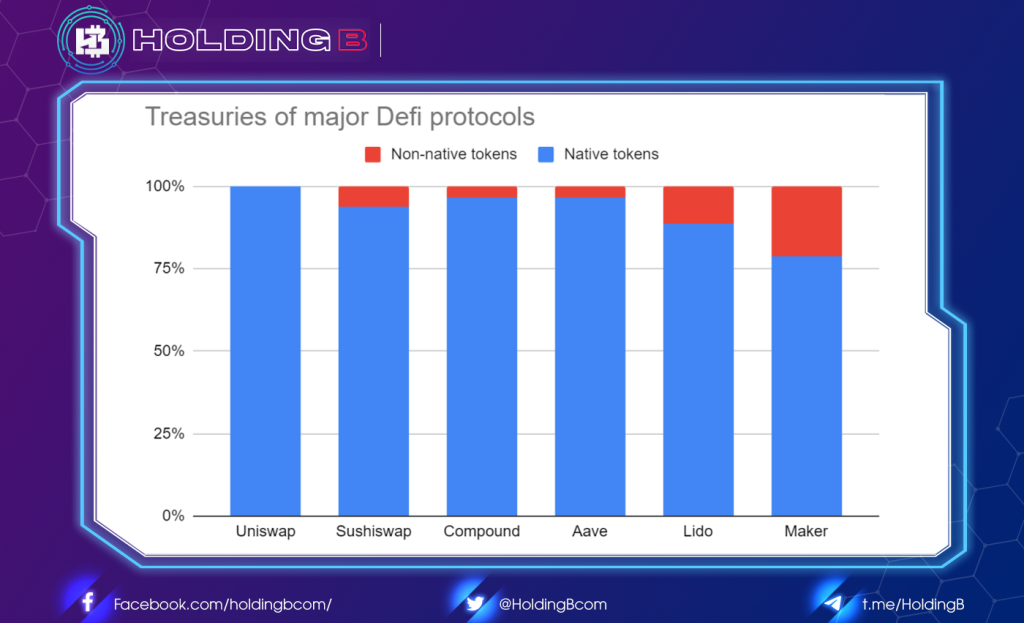
These outstanding shares are a subset of authorized shares – the self-imposed soft cap posits on total spreading shares. Importantly, shares that have been offered for sale but have not yet been issued will not be counted on the company’s balance sheet. Counting unissued shares would allow a company to arbitrarily inflate its assets by authorizing additional shares without selling those shares.
We have a relationship with native tokens in DAO treasuries: Crypto-equivalent types with authorized but unissued shares. This type is not an asset of the protocol but merely reports the number of tokens that the DAO can legally issue and sell to the market.
Whether the DAO allows a small or very large amount of tokens to be deposited into the treasury is meaningless, since it says nothing about real purchasing power. For example to make it easier to understand, assuming Uniswap tries to sell at least 2% of treasury, when making this trade through 1inch, routes orders to multiple on & off-chain markets, price impact on UNI will be close to 80 %.
Real DeFi treasuries
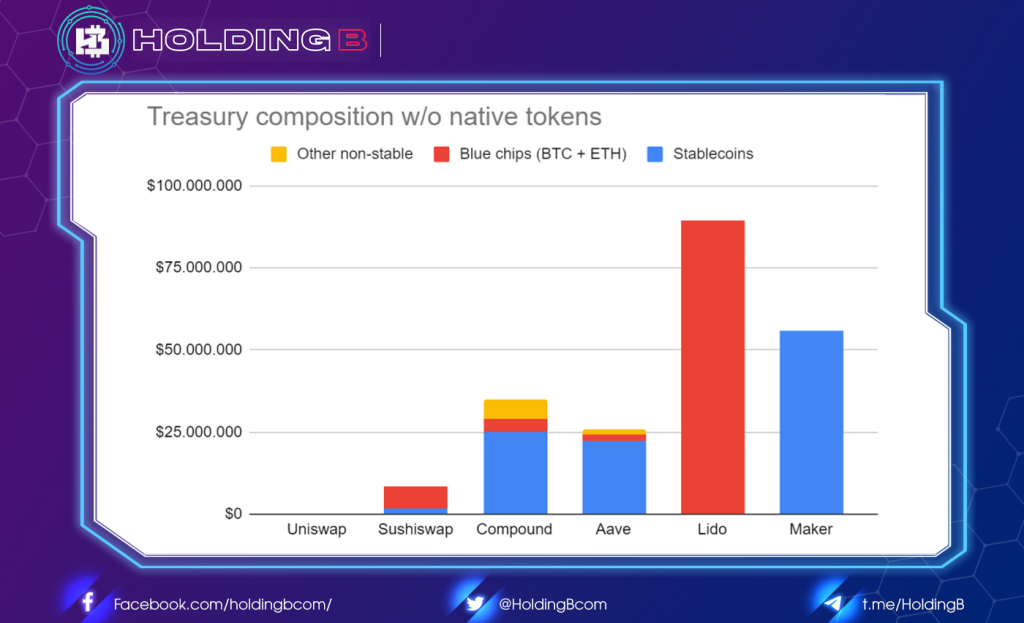
Ignoring authorized but unissued shares allow us to get a different, much more accurate picture of DeFi treasuries. We should break down non-native into three categories (1) stablecoins, (2) bluechip crypto assets, and (3) other non-stable crypto assets. Using this new classification, Uniswap has ~0 assets in its treasury and only Lido and Maker have >$50M.
- First, we don’t have enough to issue new shares, and we have to sell them on the market. This causes price impact and quickly becomes a limitation for larger sales. But further, the price market is paying for the investor’s native token is not guaranteed, and easy to lose valuation.
- Second, that price depends on general market conditions. The crypto market goes through several speculative cycles, where tokens can reach euphoric valuations but also drop 90%+ for a long time.
- Third, the times when DeFi projects urgently need liquidity can be correlated with project-specific risks, for example: When a project encounters a large insolvency event due to a bug or hack and wants to make it available to all users, the token price also tends to downward direction – especially if the holders expect the dilution event.
Case study: Treasury by MakerDAO
Risk holding of insufficient reserves is not just a theory, as MakerDAO experienced during the market crash (March 12, 2020 – often referred to as “Black Thursday”). The lack of liquid assets put the MakerDAO credit system at risk of collapse, which, although recovered, still resulted in massive erosion of token holder value.
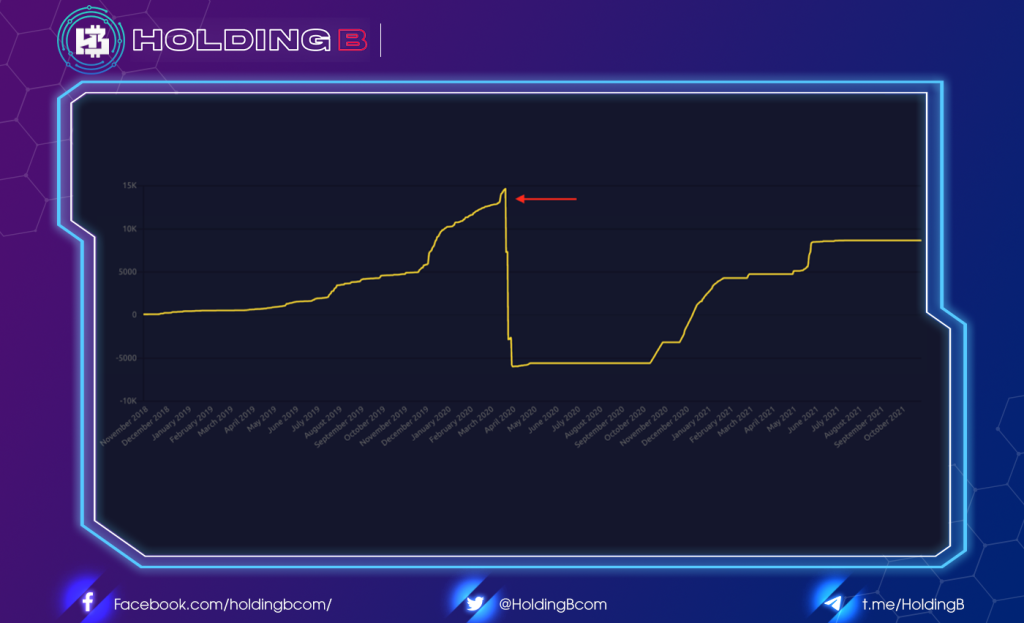
The process goes as follows:
- MakerDAO launched from 2018 to March 2020, DAO uses net earnings to buy back and burn MKR tokens (returning capital for token holders) for a total of 14,600 MKR burned at a cost of over 7M DAI. The MKR token price during this time averaged ~$500.
- Then Black Thursday came and due to the steep price drop and Ethereum network congestion, Maker was unable to liquidate underwater positions in time, causing 6M damage to the protocol. After deducting 500,000 DAI from MakerDAO’s treasury at the time, MakerDAO had to cover the remaining 5.5M loss through auctioning MKR tokens on the market. MakerDAO ended up selling a total of 20,600 MKR with an average price of ~$275.
- It took until 12.2020 for Maker’s accumulated earnings to reduce the token supply back to the original supply (1M MKR through buybacks with a total cost of more than 3M DAI – with an average MKR price ~$500).
To summarize the financial impact, credit losses of $6M from Black Thursday have resulted in a loss of $10M earnings accumulated over 3 years. Additional losses of $4M could have been avoided if Maker had held more treasury reserves in stable assets like DAI, as Maker could have used these funds to cover insolvent loans without selling MKR at a low price. In other words, Maker could have accumulated up to $4M additional value by holding a larger treasury.
It is difficult to predict the treasury’s demand in advance but 500,000 DAI Maker held until Black Thursday is almost too small, accounting for only 0.35% capital buffer for $140M outstanding loans of the protocol (most traditional financial institutions hold at least 3-4 % risk capital). And this is before accounting for operating expenses, and salaries…can cause additional sales during a market downturn if they are not covered by non-native treasury assets.
Understanding buybacks and dividends

The fact that many DeFi projects see tokens as treasure assets and can sell tokens at the worst time is a result of the lack of a framework to do something better. There are many ways to run a protocol and can benefit from the following principles:
- Rule 1: The goal of the DAO is to maximize the long-term token holder value.
- Rule 2: When put into practice, Rule 1 suggests that every dollar a protocol owns or receives as revenue
should be allocated to its most profitable use. Options typically include saving money in the treasury, reinvesting in growth or new products, or paying out token holders through token buybacks or dividends.
Only if money has a higher return for token holders outside the protocol (after-tax), is it correct to pay money out instead of saving or reinvesting it. In practice, we see many DeFi protocols that pay monies that can be used to grow or save the treasury for future expenses. This can be a big mistake of DeFi protocols, in Maker’s case we saw how Maker sold cash to get tokens but then had to buy back that same cash in tokens with a higher cost of capital.
In general, DeFi protocols should abandon the idea of paying dividends or buyback tokens by creating “rewards” for token holders while internal reinvestment and product development do not. The good side for token holders is the decision to maximize profits per dollar, whether internal or external.
- Rule 3: By following the above rules, a DAO will become a regular trader for its token. If the DAO finds it’s token overvalued and internal reinvesting is profitable, it should sell the token for cash and reinvest that cash into the protocol. This almost certainly happens in all bull markets. When the DAO finds the token price is below fair value and there is excess cash with no internal return, the protocol can buy back the token and this is almost certainly the case in all bear markets.
- Rule 4: DAOs should immediately discount native tokens from their treasury – crypto equivalent with stock authorized but unissued.
- Rule 5: DAO treasuries need to survive the next bear market. Build treasury will last for 2-4 years even if the whole market drops 90% and DAO projects still exist.
It is especially advisable to build treasury 2-4 years if projects are enough to last even in the longest crypto winter by known standards, but not so much that they become rich and lazy or too distracting to run protocols like a hedge fund.
Considering the known operating expenses of large DAOs with dev teams and liquidity mining programs, this means most or all should use the bull market to sell tokens and build real treasuries with stable assets which will not only help the project survive the upcoming bear market but can also help overcome competitors.
- Rule 6: DAO treasuries should understand the project’s application-specific liabilities and protect them. For example, the lending market may plan a percentage of loan positions that will fail every year. Although the DAO treasuries did not explicitly state this issue, it is understood that the lending market must bear that part of the risk. So underwriting becomes a normal expense on the balance sheet and can be hedged accordingly.
See ya in the next article !
Don’t forget to follow useful articles about Crypto Market from team Holding B !!!
- Telegram Channel: https://t.me/HoldingBcom
- Telegram Group: https://t.me/HoldingB
- Website: https://holdingb.com/
- Twitter: https://twitter.com/HoldingBcom
- Facebook: https://www.facebook.com/holdingbcom



